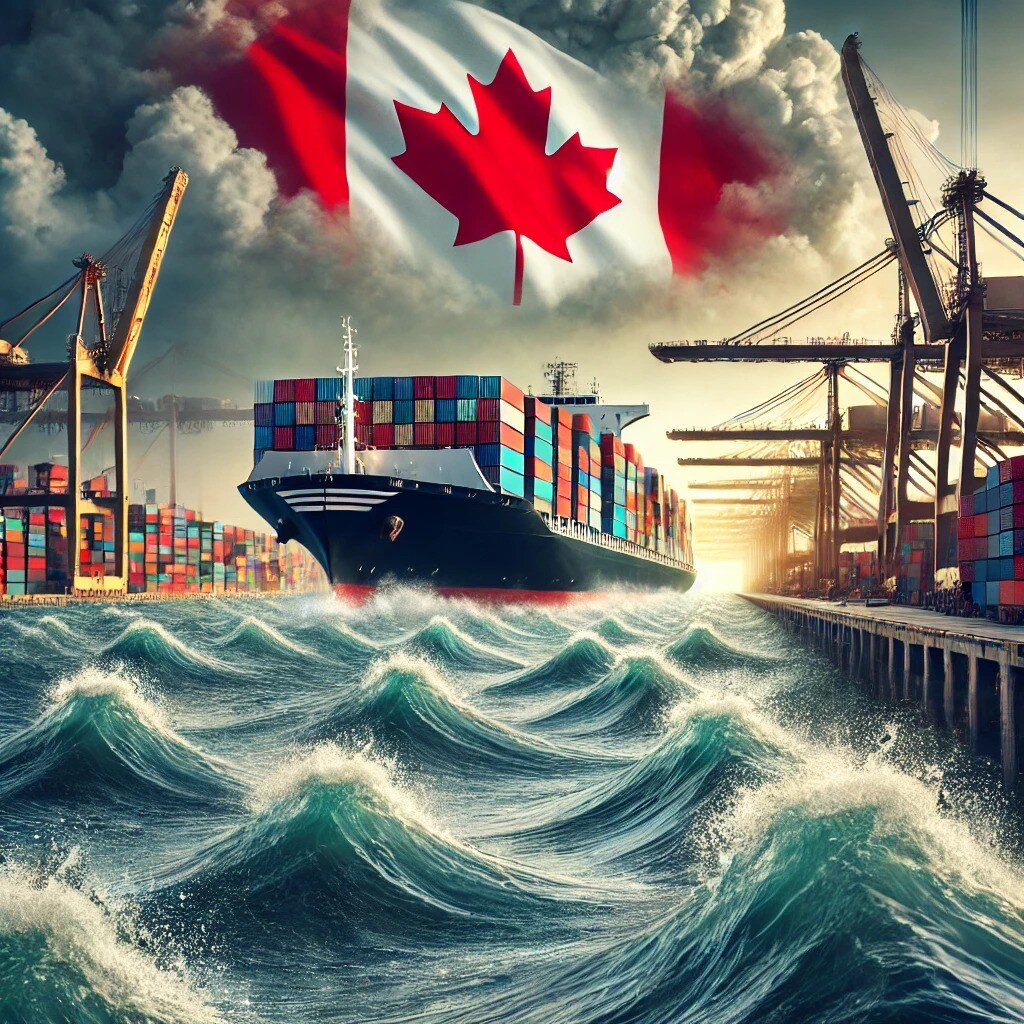Rising sea freight costs
 As we navigate the complexities of global trade in 2024, canadian businesses are feeling the impact of rising sea freight costs, which have reached concerning levels in august. these increases are driven by a mix of global and regional factors, many of which are directly affecting canadian supply chains. here’s an in-depth look at what's driving these costs and how canadian businesses can prepare for the challenges ahead.
As we navigate the complexities of global trade in 2024, canadian businesses are feeling the impact of rising sea freight costs, which have reached concerning levels in august. these increases are driven by a mix of global and regional factors, many of which are directly affecting canadian supply chains. here’s an in-depth look at what's driving these costs and how canadian businesses can prepare for the challenges ahead.
Global Port Congestion and Its Ripple Effects on Canada
Port congestion continues to be a major driver of rising sea freight costs worldwide. Significant bottlenecks in key ports across the globe, including in Asia, Europe, and the United States, are leading to increased transit times and higher shipping rates. For Canadian importers, this has meant not only paying more for goods but also dealing with delays that disrupt inventory planning and overall business operations.
The situation is particularly concerning for Canadian businesses relying on the Pacific and Atlantic shipping routes. The rerouting of vessels around the Cape of Good Hope, due to instability in the Red Sea and Suez Canal, has added days to transit times, further straining the global shipping network (CHRobinson).
Equipment Shortages and Increased Demand
Another significant factor driving up costs is the ongoing shortage of shipping containers, especially in Asia. As global demand surges, Canadian businesses are finding it increasingly difficult to secure the necessary equipment for their imports and exports. This shortage is particularly acute on routes from the Far East, where the competition for container space has pushed rates to unprecedented levels (The Bertling Group).
For Canadian companies importing from Asia, this means higher costs not just in terms of freight rates but also in potential inventory shortages, which could impact their ability to meet consumer demand during the upcoming peak retail season.
Environmental and Labor Challenges
Canada is not immune to the environmental and labor challenges affecting global trade. The early onset of hurricane season in the Caribbean, coupled with labor disputes in key U.S. ports, has added another layer of complexity to an already volatile market. The potential for labor strikes on the U.S. East Coast and the ongoing rail disputes within Canada itself pose significant risks to the continuity of trade, particularly for businesses dependent on intermodal freight solutions (NNR Global Logistics).
Strategic Planning for Canadian Businesses
Given the current landscape, it is crucial for Canadian businesses to adopt a proactive approach to supply chain management. This could involve diversifying sourcing strategies, increasing inventory levels to buffer against delays, and exploring alternative shipping routes that may be less congested.
Furthermore, close communication with logistics providers is essential to stay informed about potential disruptions and to secure capacity at reasonable rates. For those who can afford it, the use of air freight, despite its higher costs, may offer a reliable alternative to avoid long delays on critical shipments (CHRobinson).
Conclusion
The rising sea freight costs of August 2024 are a stark reminder of the interconnectedness of global supply chains and the importance of strategic planning. For Canadian businesses, staying ahead of these challenges will require not just awareness of the global situation but also a willingness to adapt and invest in more resilient supply chain solutions.
As the situation evolves, continued monitoring and flexibility will be key to navigating this turbulent period in global trade.














































